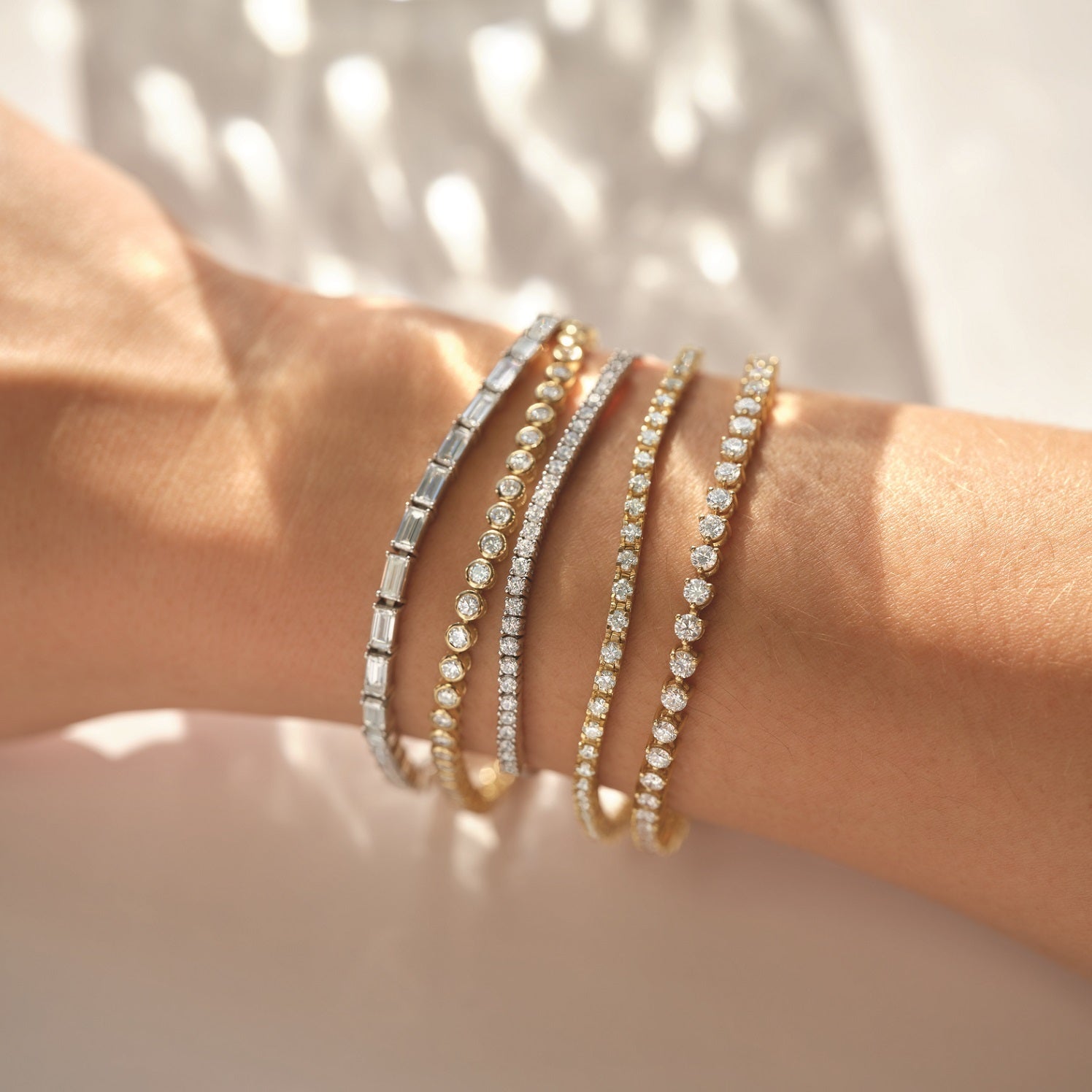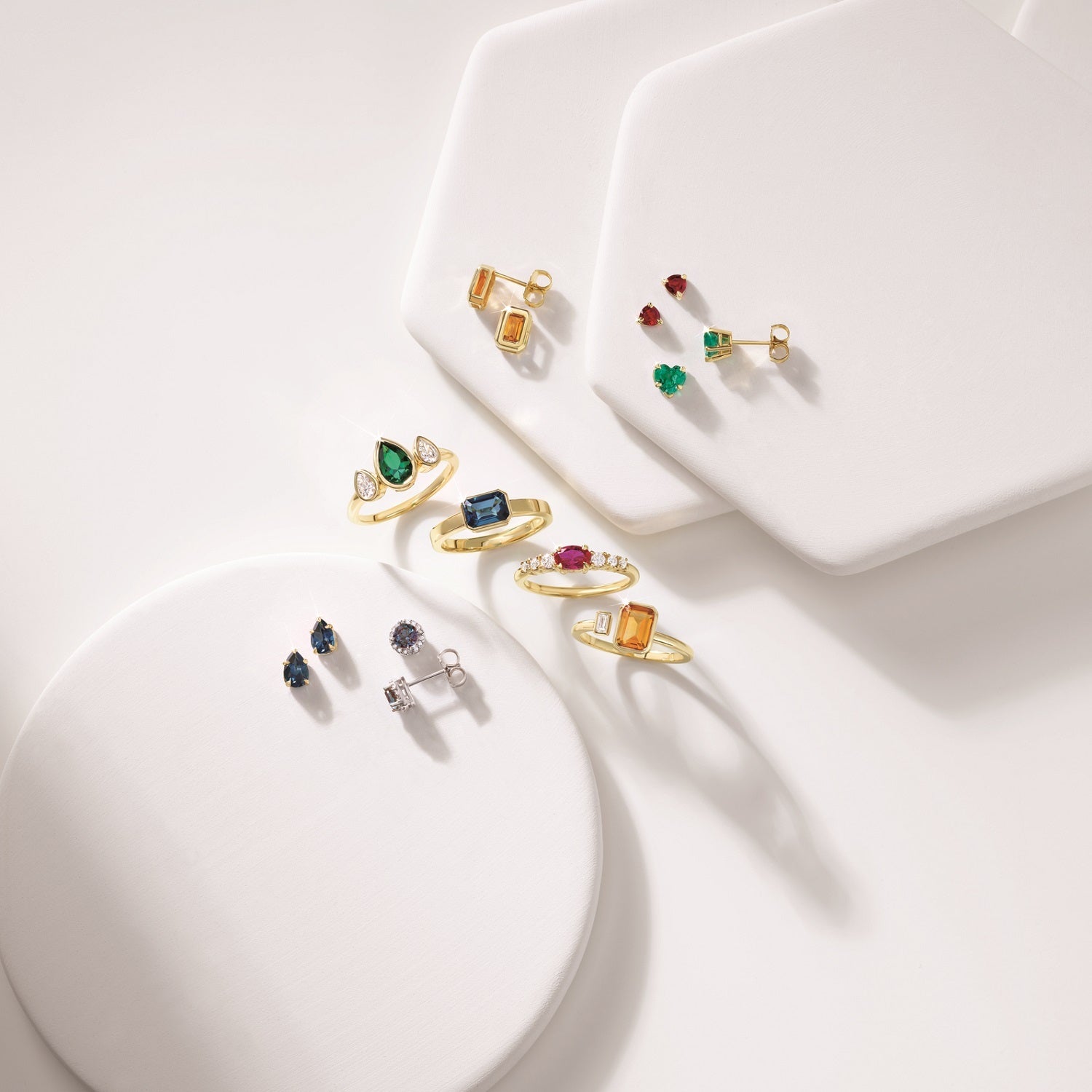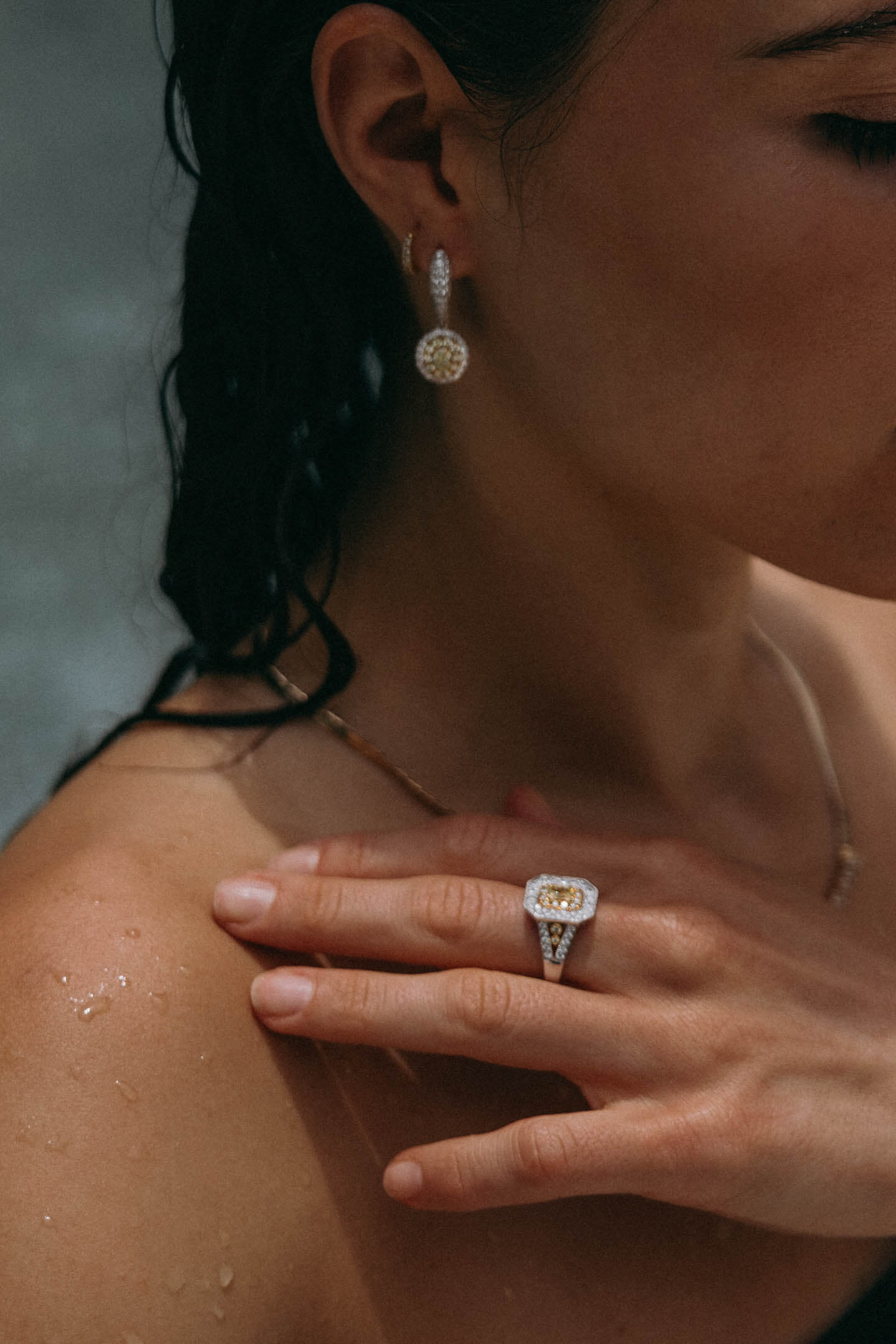
Diamond Selection Guide
Diamonds have captivated our imaginations for centuries with their exquisite beauty and timeless allure. However, when it comes to purchasing a diamond, the process can be overwhelming for many. One crucial aspect that buyers should understand is diamond grading. This article aims to demystify the world of diamond grading and shed light on the various factors that influence a diamond's quality.
Demystifying Diamond Grading: Unlocking the Secrets of Diamond Quality Assessment
What is Diamond Grading?
Diamond grading is the process of evaluating a diamond's quality based on specific criteria established by professional gemological organizations. These assessments provide a standardized system that helps buyers understand the characteristics and value of a diamond. The most well-known diamond grading organizations include the Gemological Institute of America (GIA), the American Gem Society (AGS), and the International Gemological Institute (IGI).
The 4Cs of Diamond Grading:
The four Cs—Cut, Color, Clarity, and Carat Weight—are the primary parameters used in diamond grading. Let's explore each of these factors in detail:
- Cut: The cut of a diamond refers to how well it has been shaped and faceted. It directly affects a diamond's brilliance, fire, and overall beauty. The GIA grades diamond cuts from Excellent to Poor, taking into account proportions, symmetry, and polish.
- Color: Diamonds come in a range of colors, from colorless to light yellow or brown. The GIA grades diamond color on a scale from D (colorless) to Z (light yellow or brown). The less color a diamond exhibits, the higher its value.
- Clarity: Clarity measures the presence of internal or external flaws, known as inclusions and blemishes, respectively. These natural characteristics can impact a diamond's brilliance. The GIA grades clarity on a scale from Flawless (no inclusions or blemishes visible under 10x magnification) to Included (inclusions visible to the naked eye).
- Carat Weight: Carat weight is a measurement of a diamond's size, with one carat equal to 200 milligrams. It is essential to note that carat weight does not solely determine a diamond's value. The other three Cs must be considered as well.
Beyond the 4Cs:
While the 4Cs provide a foundation for diamond grading, there are additional factors that may influence a diamond's value:
- Diamond Shape: Different diamond shapes, such as round, princess, emerald, or pear, can impact a diamond's appeal and price. The choice of shape is a matter of personal preference. See our Diamond Shapes page.
- Certification: Diamonds accompanied by grading reports from reputable gemological laboratories, such as the GIA or AGS, instill confidence in buyers by providing an objective assessment of the diamond's quality.
- Fluorescence: Some diamonds exhibit fluorescence, a glowing effect when exposed to ultraviolet light. Fluorescence can be a subjective preference, with some diamonds appearing more or less desirable depending on the individual's taste.
Diamond Experts
Understanding the intricacies of diamond grading empowers buyers to make informed decisions when purchasing a diamond. By familiarizing themselves with the 4Cs and considering additional factors, buyers can navigate the diamond market with confidence. Remember, each diamond is unique, and finding the perfect diamond is a personal journey.
Whether it's for an engagement ring, a special occasion, or an investment, the diamond grading experts at the Gold and Diamond Center can help you navigate finding a diamond that reflects both personal style and lasting value. Contact us today to schedule an appointment to see out collection of beautiful diamonds.




